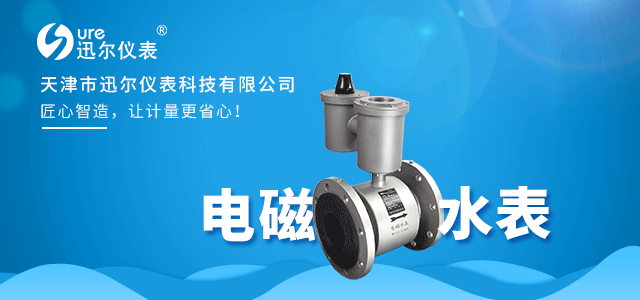
Types of Industrial Automation Instruments
Current Development Status of Industrial Automation Instruments in China
Conclusion


Types of Industrial Automation Instruments
Current Development Status of Industrial Automation Instruments in China
Conclusion
